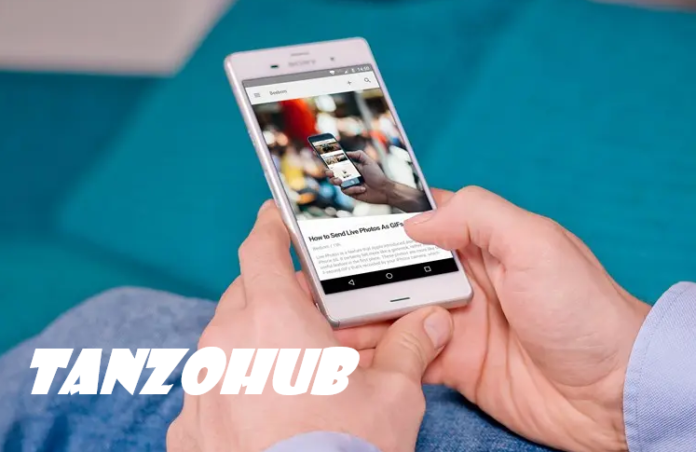I. Introduction
In the ever-evolving digital landscape, platforms like Tanzohub. Play a pivotal role in connecting content creators with audiences hungry for quality material. As we delve into the nuances of Tanzohub, we’ll explore not only what makes. This platform is unique but also how to navigate the challenge of crafting a that stands out in the crowded online space.
II. Tanzohub: Unveiling the Platform
Tanzohub isn’t another content-sharing platform. It’s a dynamic space that fosters creativity and collaboration. With features designed to elevate content quality, Tanzohub provides a stage for writers to shine. From customizable profiles to interactive reader feedback, it’s a haven for those who value their craft.
III. The Significance of Well-Written Articles
In the vast ocean of online content, well-crafted articles serve as beacons, guiding readers and boosting SEO rankings. We’ll explore the symbiotic relationship. Between quality content and online credibility, understanding how one fuels the other.
IV. Understanding the Need
Writing a 1300-word article may seem daunting, but it’s an art that combines substance with strategy. We’ll dissect the elements of an effective article. Striking the delicate balance between meeting search engines. Requirements and providing value to readers.
V. Crafting Engaging Content
An engaging article begins with a compelling introduction. We’ll unravel the secrets of capturing readers’ attention from the first sentence. And guide you through structuring your content to maintain that engagement throughout.
VI. Perplexity and Burstiness in Content Creation
Creating content that’s both complex and readable is an art. We’ll explore the delicate dance between perplexity and burstiness. Ensuring your articles are stimulating without losing accessibility.
VII. Leveraging Personal Pronouns and Conversational Style
Readers crave connection. By incorporating personal pronouns. And adopting a conversational tone, you’ll forge a bond with your audience. We’ll explore the impact of this approach on reader engagement and retention.
VIII. The Art of Asking Rhetorical Questions
Rhetorical questions are a powerful tool to involve your audience. We’ll discuss the strategic use of these questions to ignite curiosity and encourage readers to ponder the content.
IX. Incorporating Analogies and Metaphors
Analogies and metaphors transcend language barriers, making complex concepts relatable. We’ll guide you through the art of incorporating these literary devices. Into your writing, enhancing both understanding and enjoyment.
X. The Power of Active Voice
Injecting dynamism into your writing through the active voice is a game-changer. We’ll explore this simple yet impactful technique. Can elevate your narrative and make your content more compelling.
XI. Keeping It Simple: The Beauty of Brevity
Simplicity is a virtue. We’ll emphasize the importance of brevity. Steering clear of unnecessary complexity, and focusing on delivering. Key points that resonate with your audience.
XII. Headings and Subheadings: A Guide for Readers
Effective use of headings and subheadings is crucial for enhancing readability. We’ll provide insights into organizing your content, making it digestible for readers who may be skimming through.
XIII. Writing a Conclusion That Resonates
Conclusions are more than summaries; they’re the lasting impression you leave on your reader. We’ll guide you through crafting a conclusion. That reinforces key takeaways and encourages further engagement.
XIV. Asked Questions (FAQs)
-
Q: How long should my introduction be?
-
A: Your introduction should be concise, capturing the reader’s interest without giving away too much.
-
-
Q: Is it necessary to use metaphors in every article?
-
A: No, use metaphors, focusing on their relevance to enhance understanding.
-
-
Q: What’s the ideal length for paragraphs?
-
A: Aim for a balance; paragraphs should be long enough to convey information but short enough to maintain reader interest.
-
-
Q: How can I check the uniqueness of my article?
-
A: Use online plagiarism checkers to ensure your content is 100% unique.
-
-
Q: Should I include a call to action in my conclusion?
-
A: Yes, a well-crafted conclusion should prompt readers to take the next step. Whether it’s commenting, sharing, or exploring more of your content.
-



